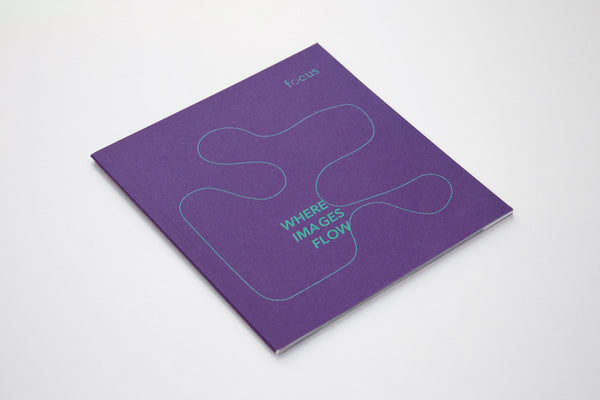
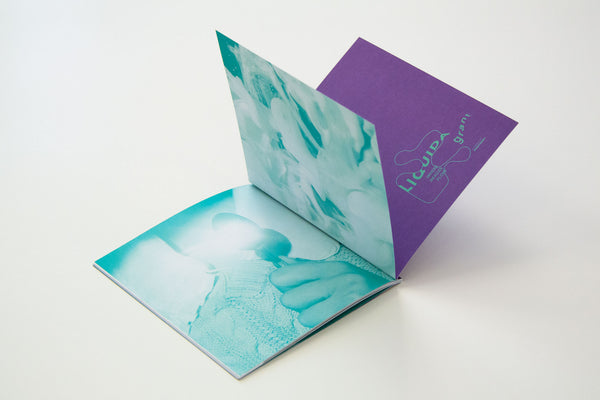
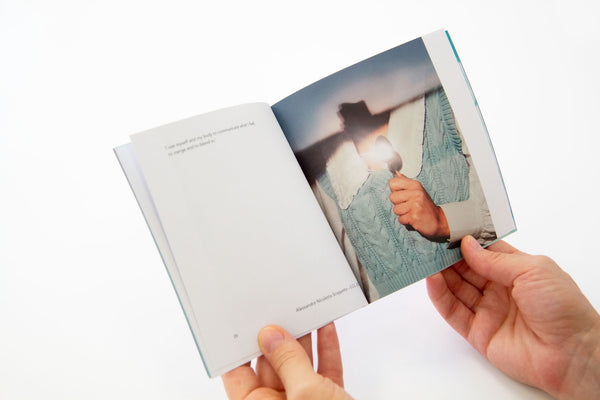
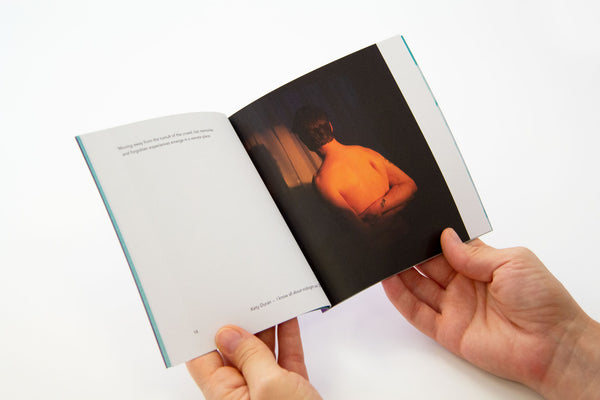
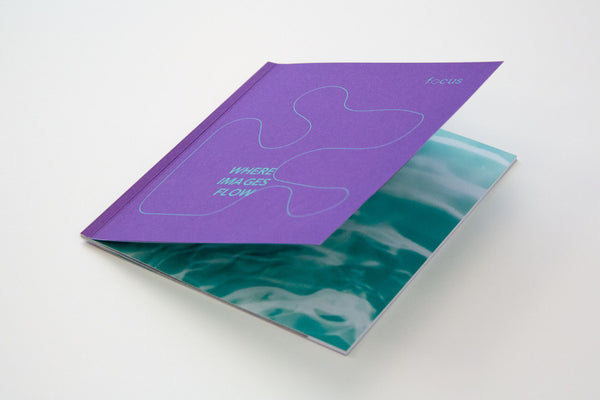
V/A
Cahier nr. 3 - Liquida grant
Artphilein Editions, Lugano — 2022
Fluid, elusive, ubiquitous, powerful and fleeting: the image of hypermodernity inhabits us and we are pervaded by it throughout our existence.
In what Zygmunt Bauman defines as ‘liquid modernity’, even photography has adapted to a new malleability of form and content, made possible not only by technology but by society’s new approach to the concept of the image.
They are ‘liquid photographs’, as Joan Foncuberta would define them: ephemeral and malleable, more like a mental image than a real object. They have lost their solid identity and now, far from durable, represent a multitude of forms and potential for identification.
In his book “Photography Changes Everything”, Marvin Heiferman reflects on the impact of photography on our culture and daily lives. Collecting hundreds of images and opinions from leading figures in the world of photography, Heiferman reveals how photographs today encapsulate information and values, shaping our knowledge and experience of the world.
Since Enrico Federico Jest built the first camera in Italian history, photography has come a long way. Having shed its vocation for documenting reality, photography has also come to include investigating and giving voice to new alternative visions of reality among its fields of investigation.
“Look Beyond” – the theme of the Liquida Photofestival 2022 – is an invitation to open one’s eyes to new worlds, both interior and exterior, to re-educate one’s gaze to
a range of viewpoints and to cultivate awareness in the reading of imagery.
From being an instrument of testimony, photography soon established itself as a means of probing new circumstances and bringing to the surface what is normally excluded, what is considered marginal or unimportant.
The proposal of new viewpoints, models and themes via photography passes through the need to “look beyond,” to open up society to the quality of a gaze capable of dwelling on what diverges from the norm, from among the thousands of images we are bombarded with every day.
Be it nonconformist, eccentric, original, provocative or disruptive, the photographic image can contribute to drawing new landscapes of meaning in which personal identity, society and its manifestations all emerge from the depths to restore the idea that BEYOND the imaginary shared by mainstream thought, a marginal dimension can also find its place in visual culture, capable of restoring dignity to what remains unheard and unexpressed on a daily basis.


